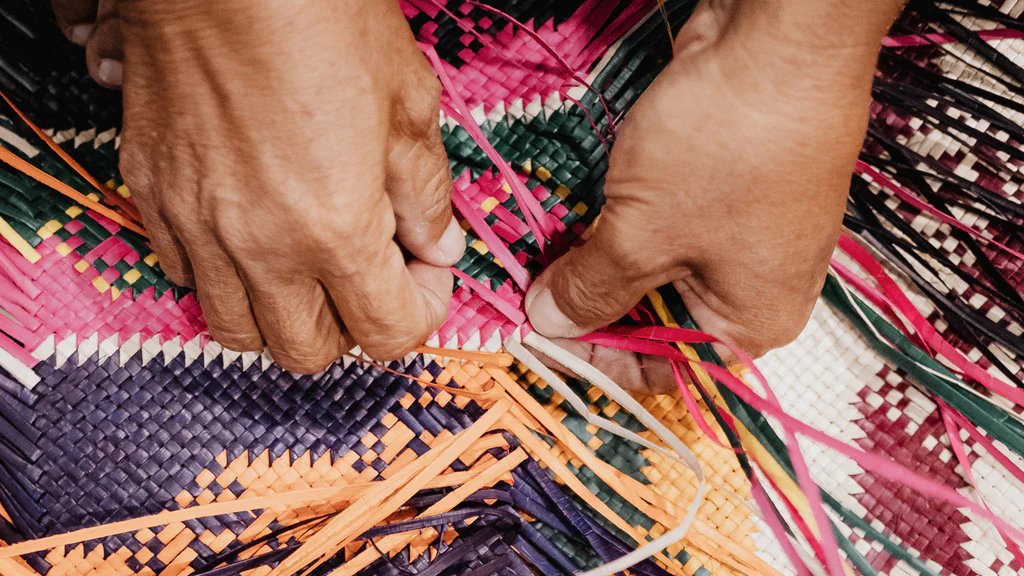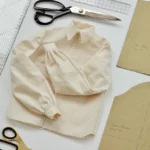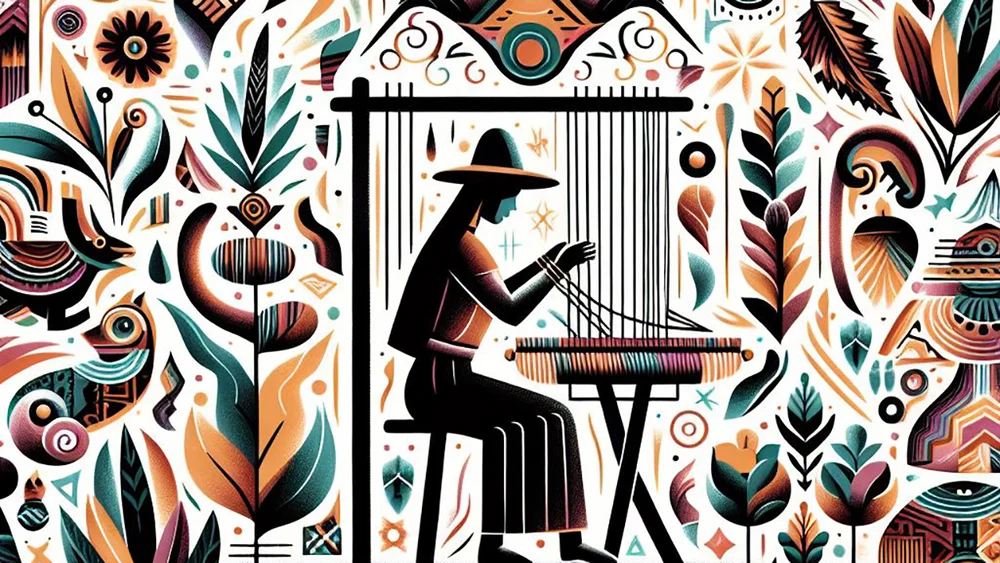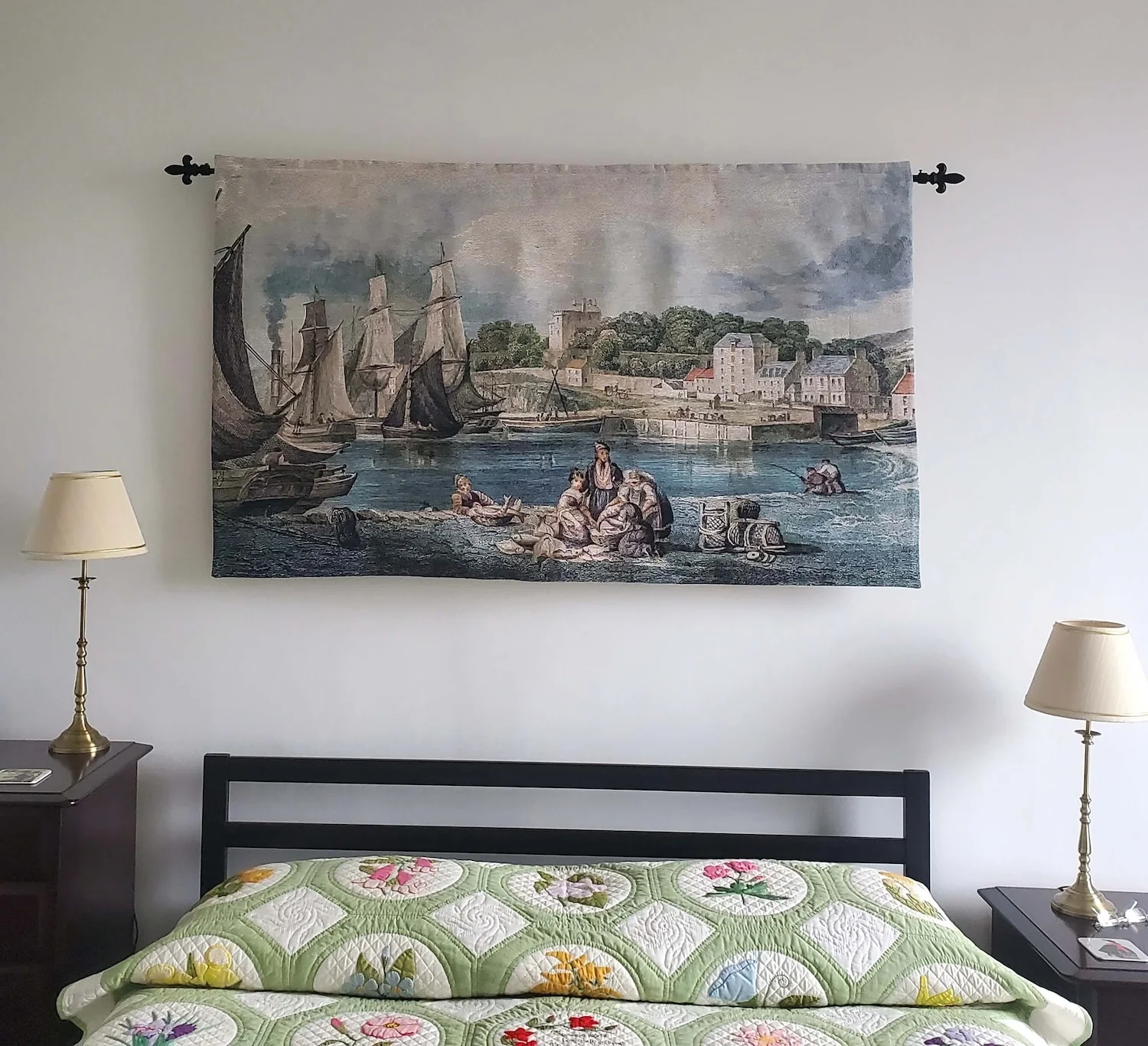Weaving, one of the oldest known crafts, transcends borders and connects people through the creation of textiles. Across the globe, weaving techniques vary widely, influenced by cultural heritage, available resources, and local traditions. From the intricate patterns of South American backstrap weaving to the geometric beauty of African Kente cloth, each region has its own unique approach to this ancient craft. In this article, we’ll explore weaving techniques from different parts of the world, highlighting the artistry and cultural significance of each tradition.
1. Backstrap Weaving in Central and South America
Backstrap weaving, a traditional technique used by indigenous communities in regions like Guatemala, Mexico, and Peru, involves securing one end of the loom to a stationary object (like a tree or post) and the other around the weaver’s back. This portable and simple setup allows for complex designs, particularly in creating colorful, patterned fabrics that are often used for clothing or ceremonial purposes.
Mayan and Incan Influence:
In Guatemala, Mayan women have passed down the art of backstrap weaving through generations, creating textiles filled with symbols that represent their connection to nature and spirituality. In Peru, the Incan legacy is visible in the vibrant colors and geometric patterns of the weavings from the Andean region.
2. Ikat Weaving in Southeast Asia
Ikat is a resist-dyeing technique used before the threads are woven together, and it can be found in countries like Indonesia, India, and Japan. The term “ikat” comes from the Malay-Indonesian word meaning “to tie or bind.” In this technique, threads are tied and dyed in specific patterns, which then appear in the final woven fabric.
Cultural Significance:
Ikat textiles are highly valued for their labor-intensive creation process and are often worn during important ceremonies. In Indonesia, ikat fabrics are used in traditional garments like sarongs, while in India, they are an integral part of sarees, particularly in regions like Odisha and Gujarat.

3. Kente Cloth in West Africa
Kente cloth is one of the most recognizable and symbolic weaving traditions from Africa, particularly Ghana. Originally reserved for royalty, this handwoven fabric features bold patterns and vibrant colors, each with specific meanings. The cloth is woven in narrow strips on a loom and then sewn together to create larger pieces.
Symbolism in Design:
The patterns and colors of Kente cloth are laden with meaning. For example, gold often represents wealth, green symbolizes growth, and blue signifies peace. The design itself may tell stories of history, philosophy, or personal achievement.
4. Tapestry Weaving in Europe
In Europe, tapestry weaving reached its height during the Middle Ages, particularly in countries like France, Belgium, and the Netherlands. Large, ornate tapestries were woven to depict historical events, biblical stories, or mythological tales. These tapestries were often used to decorate the walls of castles and cathedrals, serving both aesthetic and practical purposes by providing insulation.
The Art of Narrative:
European tapestries were not just decorative but served as a medium for storytelling. Famous examples include the Bayeux Tapestry, which depicts the Norman conquest of England, and the Unicorn Tapestries, which are rich in symbolism and religious meaning.
5. Navajo Weaving in North America
The Navajo people of the southwestern United States are known for their exquisite weaving techniques, particularly in creating rugs and blankets. Navajo weaving is distinguished by its geometric patterns and the use of natural dyes, such as indigo and vegetal hues. Traditionally, Navajo weavings were made on upright looms, and the art form is deeply connected to the spiritual and cultural practices of the Navajo people.
Cultural Connection:
For the Navajo, weaving is considered a gift from the Spider Woman, a deity in their mythology. Each rug or blanket tells a story and is imbued with spiritual significance, reflecting the weaver’s connection to the land and their ancestors.
6. Saori Weaving in Japan
Saori weaving is a relatively modern Japanese technique that celebrates creativity and imperfection. Developed in the 1960s by Misao Jo, Saori encourages the weaver to embrace individuality and freeform design, moving away from the traditional precision that defines many other weaving techniques. The looms are simple, making this technique accessible to beginners and experienced weavers alike.
Embracing Imperfection:
In Saori weaving, mistakes are welcomed as part of the creative process. This philosophy aligns with the Japanese concept of “wabi-sabi,” which values the beauty in imperfection and the impermanent nature of all things.
7. Kilim Weaving in the Middle East and Central Asia
Kilim is a type of flat-woven rug traditionally made in Turkey, Iran, Afghanistan, and other parts of the Middle East and Central Asia. Unlike pile rugs, Kilim rugs are created by interweaving the warp and weft strands, resulting in a smooth, flat surface. These rugs are often adorned with geometric patterns and symbolic motifs that reflect the region’s cultural and religious beliefs.
Geometric Symbols:
Many of the patterns found in Kilim weaving are passed down through generations and carry deep cultural significance. Common motifs include symbols of fertility, protection, and luck, with variations depending on the region.
8. Scandinavian Rya Weaving
Rya weaving originates from Scandinavia, where it was used to create thick, warm blankets known as Rya rugs. These rugs are woven with long pile yarns, giving them a soft, plush texture. Over time, Rya weaving has evolved into a decorative art form, often used to create wall hangings with abstract, modern designs.
From Function to Art:
Originally used as bedding in cold Nordic winters, Rya rugs have transformed into a medium for artistic expression. Today, many Scandinavian weavers create modern interpretations of traditional designs, blending functionality with aesthetic appeal.
9. Silk Weaving in China
China has a rich history of silk weaving, dating back thousands of years to the time of the Silk Road. The Chinese mastered the production of silk, creating intricate brocades and tapestries that were highly prized by royalty and exported across the world. Silk weaving often involves complex patterns and motifs, with designs that draw from nature, mythology, and Chinese philosophy.
Luxury and Elegance:
Silk weaving in China was traditionally reserved for the elite, and the craftsmanship involved in creating silk fabrics is still highly regarded today. Chinese silk weavings, such as those from Suzhou, are renowned for their fine quality and intricate designs.
10. Weaving in the Modern Era
While traditional weaving techniques continue to be practiced worldwide, modern innovations have introduced new materials and methods. Many contemporary weavers combine traditional craftsmanship with modern technology, creating textiles that push the boundaries of design and function. Sustainable practices and eco-friendly materials are also becoming more prominent in the weaving world, reflecting a growing awareness of environmental impact.
Conclusion
Weaving techniques across cultures reflect not only the diversity of artistic expression but also the deep cultural connections tied to this ancient craft. Whether it’s the bold patterns of Kente cloth, the intricate designs of Navajo weavings, or the meditative qualities of Saori, weaving continues to play a significant role in the cultural heritage of communities worldwide. By understanding these global traditions, we can appreciate the artistry and craftsmanship that have been passed down through generations and how they continue to evolve in the modern era.











